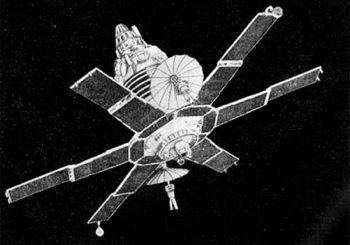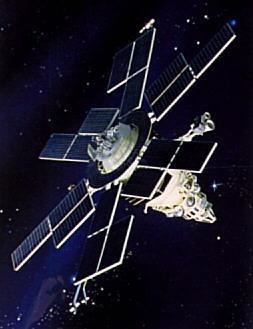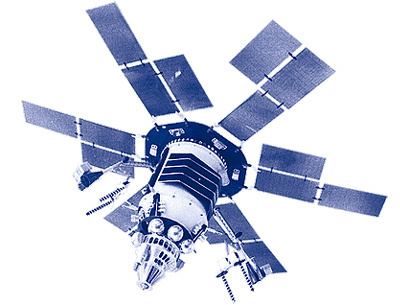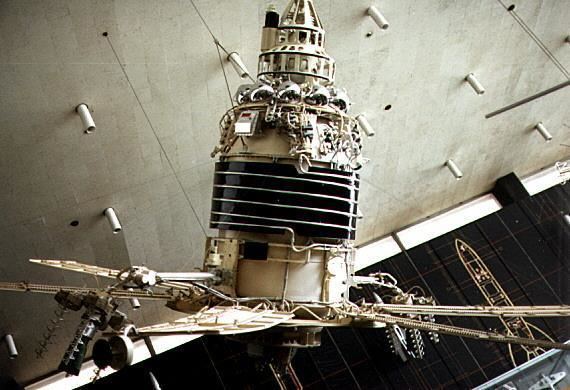 | ||
Similar Gorizont, Strela, Ekran, Prognoz, Resurs‑DK No1 | ||
Molniya (Russian: Молния; [ˈmolnʲɪjə], "Lightning") were military communications satellites used by the Soviet Union. The satellites were placed into highly eccentric elliptical orbits known as Molniya orbits, characterised by an inclination of +63.4 degrees and a period of around 12 hours. Such orbits allowed them to remain visible to sites in polar regions for extended periods, unlike geostationary satellites in geosynchronous orbits with a 24-hour orbital period.
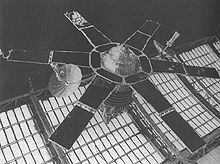
The Molniya program was authorized by a government decree in late 1960. The first launch took place on June 4, 1964 and ended in failure when the 8K78 booster core stage lost thrust 287 seconds into launch due to a jammed servo motor. The next attempt was on August 22 and reached orbit successfully, but the parabolic communications antennas did not properly deploy due to a design flaw in the release mechanism. Publicly referred to as Kosmos 41, it nonetheless operated for nine months. The first operational satellite, Molniya 1-01, was successfully launched on April 23, 1965.

Since October 1967, Molniya satellites have been used by Russia to broadcast their national Orbita television network.
